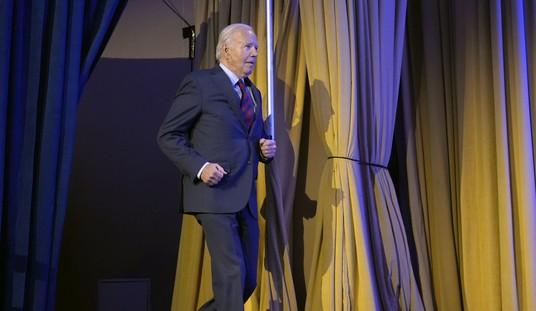“There is much revenue in economy, and no revenue is sufficient without economy.” — Benjamin Franklin
This week’s Barron’s tells the story of Stephanie Mucha, who at age 97 recently gave away $3 million to charity. Despite never earning more than $23,000 a year at a medical center in Buffalo, New York, she has a net worth of $6 million.
Did she hit the lottery? No, she and her husband lived frugally and invested prudently on their own. In 1964, they bought 50 shares of Medtronic, the maker of cardiac pacemakers, which now is worth nearly half a million dollars.
Think her story is rare? Motley Fool recently highlighted these stories:
o Monsignor James McSweeney. Earning a sub-poverty-level income for decades as a Catholic priest, Monsignor McSweeney focused on his investments in his free time and was worth nearly $1 million when he died.
o Genesio Morlacci. This 102-year-old former part-time janitor and dry cleaner left $2.3 million to Montana’s University of Great Falls.
o Gilmore and Golda Reynolds. They seemed like ordinary next-door neighbors in Osgood, Indiana. But when they passed away, they surprised the town by leaving it the $22 million the couple accumulated by investing in stocks over many years.
o Thomas Drey, Jr. This retired teacher spent a lot of time researching companies at the Boston Public Library. Upon his death, he shocked the library by leaving it $6.8 million.
o Jay Jensen. Another retired teacher, Jensen has lived frugally and invested steadily in blue-chip stocks for some 40 years. He never earned more than $46,000 per year, but he turned that into several million dollars, most of which he’s giving away.
Recommended
o Florence Ballenger. Ms. Ballenger was another teacher who lived frugally but well (often traveling around the world). Through investing, she and her husband accumulated more than $6 million.
o Gladys Holm. She was a Chicago secretary whose salary peaked at $15,000 before she retired. Her secret was paying attention to what stocks her successful boss was buying and selling, and often following suit to a smaller degree. Upon her death, she left $18 million to a children’s hospital. (Don’t have a savvy boss? You might find reliable recommendations in my investment newsletter, among other places.)
o Donald and Mildred Othmer. The Othmers were members of a smart group of people who bought shares of Warren Buffett’s company, Berkshire Hathaway (NYSE: BRK-A) (NYSE: BRK-B), and held on for decades. They invested about $50,000 in the 1960s. Upon their deaths in the 1990s, their estate was worth an amazing $800 million.
Industry, Thrift, Prudence
What’s the key to success? Simple. Use the three fundamental principles of Benjamin Franklin: industry, thrift and prudence. Work hard, save regularly and invest those savings prudently. According to a recent study by Fidelity, bona fide millionaires were able to turn their modest yearly salaries into true wealth by using their workplace 401(k) plans. They saved up to $1 million over decades, especially if they stayed with the company for 30 years. They lived within their budgets, put aside 10-15% of their earnings every year and took advantage of company matching programs. Then they invested their savings prudently in a variety of growth and income stocks and mutual funds.
You Blew It! The Consequences of China’s Brutal One-Child Policy:
One of the most provocative sessions at last week’s Mont Pelerin Society meeting in Hong Kong was delivered by Andrea Den Boer, a Canadian, on “The Impact of China’s One Child Policy and Prospects for Change.”
She said the situation is getting out of hand and leading to growing male violence in China. “Men without education, profitable employment, or other advantages who will not marry, find themselves on the outskirts of society… Such men are at risk for antisocial behavior, including individual and coalition violence… It will lead to crime and instability as a generation of 40 million men is left frustrated by a lack of brides.”
The policy has been in force since the early 1980s under Deng Xiaoping, the liberal reformer, in order to curtail “overpopulation.” Never mind that the very reforms he instituted to free the economy and spur economic growth would automatically reduce population growth.
It has been a nightmare ever since. It has destroyed the traditional Chinese family, leading eventually to no brothers, no sisters, no nieces, no nephews, no aunts or uncles, and four grandparents doting on one grandchild! Today, there is a huge shortage of females in China, leading to social instability.
The rich can have more than one child by paying a “social compensation fee” – a fine of 3 to 10 times a household’s annual income, set by each province’s family planning bureau, but the poor are stuck with one child or abortion. According to Chinese Health Ministry data released in March, 336 million abortions and 222 million sterilizations have been carried out since 1971.
In case you missed it, I encourage you to read my e-letter column from last week about whether the philosophy of Bruce Lee or Ayn Rand is better for investors. I also invite you to comment in the space provided below.

























Join the conversation as a VIP Member